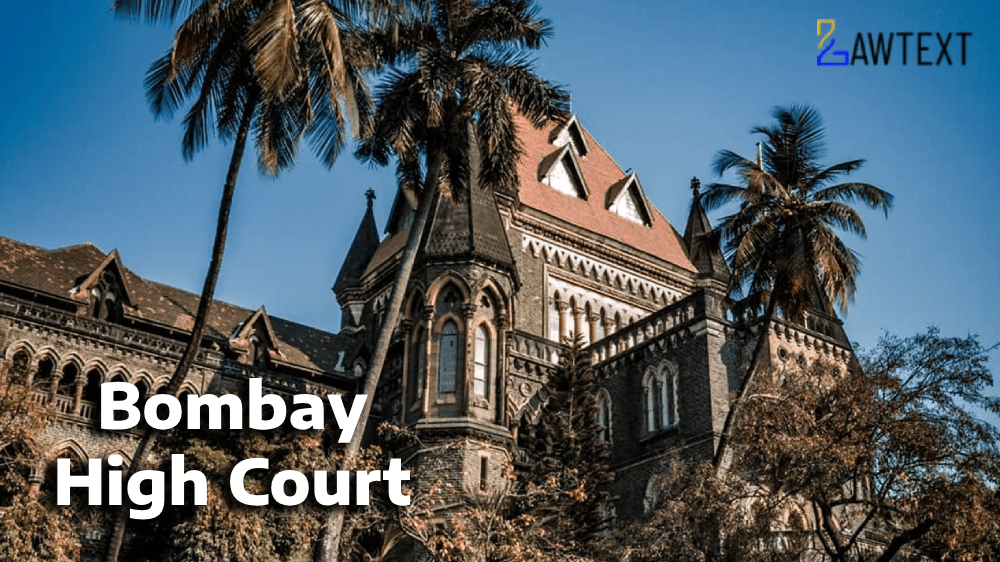

The Bombay High Court dismissed the petition filed by landowners challenging the Goa Tamnar Transmission Project. The court ruled that the project, which involves laying a 400 KV transmission line, serves public interest and complies with the Indian Telegraph Act, 1885, and the Electricity Act, 2003. The court recognized the right of landowners to compensation for any damages caused by the construction but upheld the project's legality.
The petitioners, owners of properties in Amona, Bicholim, Goa, objected to the Goa Tamnar Transmission Project. They contended that the project’s alignment violated the Supreme Court's directions and failed to comply with natural justice, claiming that the transmission lines were re-aligned unfairly to their detriment.
The project involved laying a 400 KV transmission line, essential for providing power to Goa and evacuating power from generation projects. The court highlighted that the project was in the public interest, with the powers for laying the transmission lines conferred under Section 164 of the Electricity Act, 2003, and the Indian Telegraph Act, 1885.
The court discussed the provisions of the Indian Telegraph Act, 1885, under which the government or authorized companies can lay telegraph or electric lines over private land. Section 10 of the Act grants authority to enter private properties to place such lines, with compensation for damages. The Electricity Act, 2003, reinforces this by authorizing transmission companies to exercise the same powers for electricity transmission.
While recognizing the petitioners' right to compensation under Section 10 of the Telegraph Act, the court clarified that the project did not amount to land acquisition but only temporary use. The court assured that compensation for damages would be provided to affected landowners.
The court concluded that the project was being implemented in compliance with the law and in public interest. The objections raised by the petitioners, including allegations of a lack of natural justice and violation of technical requirements, were found to be without merit.
The court ruled that when the public interest, such as providing electricity, conflicts with individual land rights, the public interest takes precedence, provided the landowners are compensated for any damages caused. The project, implemented under the authority of the Indian Telegraph Act, 1885, and the Electricity Act, 2003, was valid, and there was no requirement for land acquisition.
Land Rights, Public Infrastructure, Electricity Transmission
Goa Tamnar Transmission Project, Indian Telegraph Act, Electricity Act, Public Interest, Land Compensation, High Court Judgment
Citation: 2024 LawText (BOM) (9) 271
Case Number: WRIT PETITION NO.1407/2024 (F)
Date of Decision: 2024-09-27
Case Title: Mr. Yeshwant Hari Gawas And Ors. Versus Union of India hrough Chief Secretary New Delhi And Anr.
Before Judge: M. S. KARNIK & VALMIKI MENEZES, JJ.
Advocate(s): Mr S. D. Padiyar, Senior Advocate with Mr Gaurish Agni, Mr P. Shirodkar, Mr Pavithran A. V., Ms Akshata Rane and Mr Prasad Kholkar, Advocates for the Petitioners. Mr Raviraj Chodankar, Central Government Standing Counsel for Respondents No.1 and 2. Mr D. Pangam, Advocate General with Mr S. Priolkar, AGA for Respondent Nos.3, 4, 5 and 8. Mr Ashwin Bhobe with Ms A. Fernandes, Advocates for Respondent No.6.
Appellant: Mr. Yeshwant Hari Gawas And Ors.
Respondent: Union of India hrough Chief Secretary New Delhi And Anr.